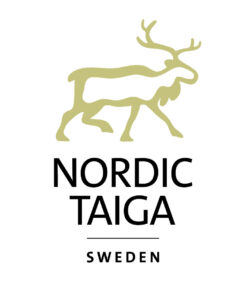Historical access to rivers in northern Sweden has damaged Brown trout populations. Today, backed by the European Wildlife Recovery Fund for Re-Wild Europe, re-Wild efforts are helping this important species pay off and bring benefits to nature and people.
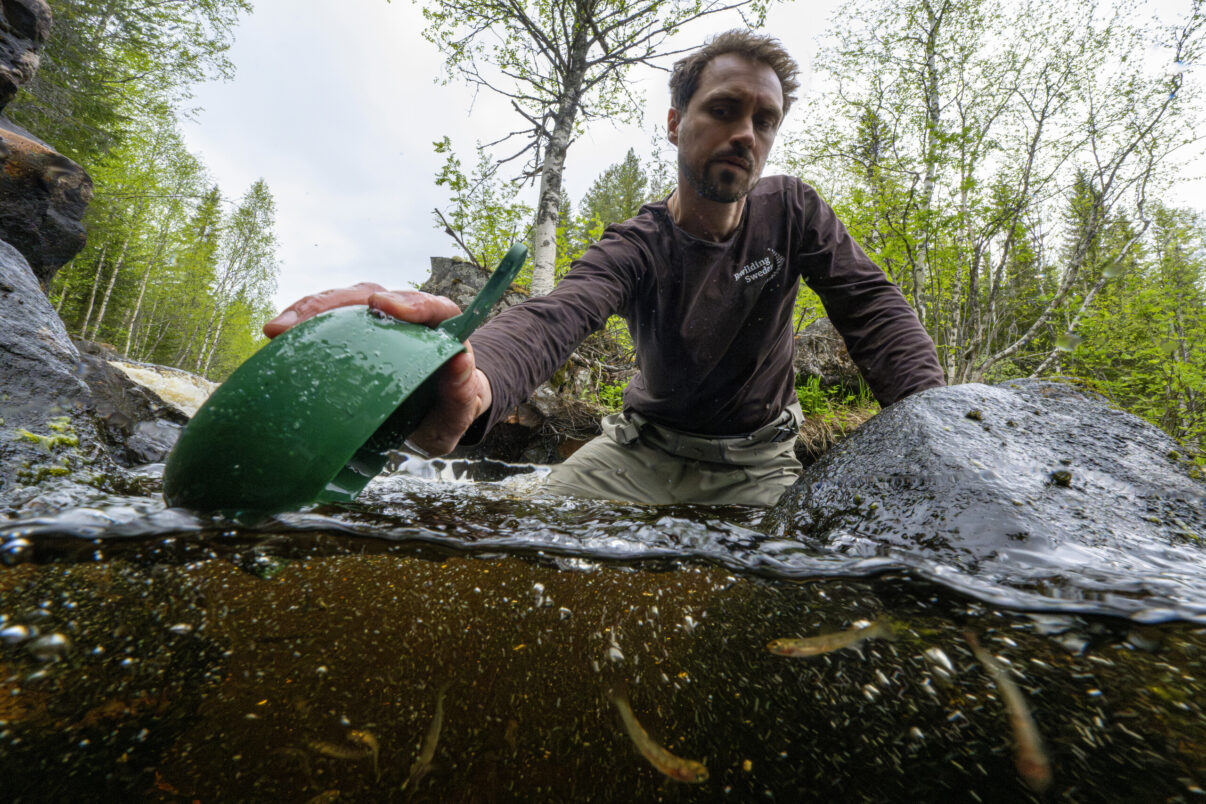
Jon Juarez / European picnic re-enter
Historical degeneration
The river is Nordic taiga Re-wild landscape in northern Sweden. Although many of these rivers have been used for hydroelectricity, those unsymptomatic are home to a variety of wild fish, including salmon, trout, lampworms and grey. However, even these waterways and their catchments suffer lasting damage from the forestry industry, meaning that they and the landscape they belong to – may be healthier and more natural.
Historical records and wood float activity in northern Sweden saw large stones and gravel removed from the riverbed, allowing the wood to float freely. This means that many rivers effectively extend to the canal, with boulder walls and side walls on the sides. This in turn increases the velocity of the water flow and significantly reduces the diversity of aquatic habitats as smaller sediments are washed away. One of the most affected fish is Brown troutThis requires gravel beds that descend and disappear in many passage rivers.

Arthur DeBruin
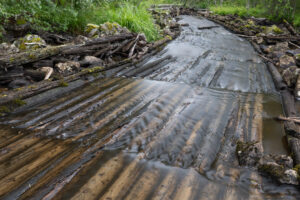
Arthur DeBruin
Support Brown Trout Comes Back
Today, the re-wild efforts in Taiga in Nordic are gradually turning the trend of brown trout as fish releases help the species gain welcome rewards in an increasing number of rivers. With financial assistance to re-wild Europe European Wildlife Resurrection FundIn early June, it offered a grant of €33,000, of which €125,000 of the trout was released in three tributaries of the Riklay River-Sikån, Risån and Tallån. This is 25,000 fries released in 2024 in Västerbottotten County.
“By historic channelization, this is a major contributor, with the existing trout populations in Sikån and Risån approaching zero,” explained Malin Isaksson, a fishery consultant who works for the city of Skellefteå, explaining that the second largest city in Västerbotten is the second largest city in Västerbotten, which received grants and received grants and relocated with the local fishing management association. “The fish are young when they are released, the more they feel. This means the fish are more likely to remember where they are released and return to the same spawning place.”
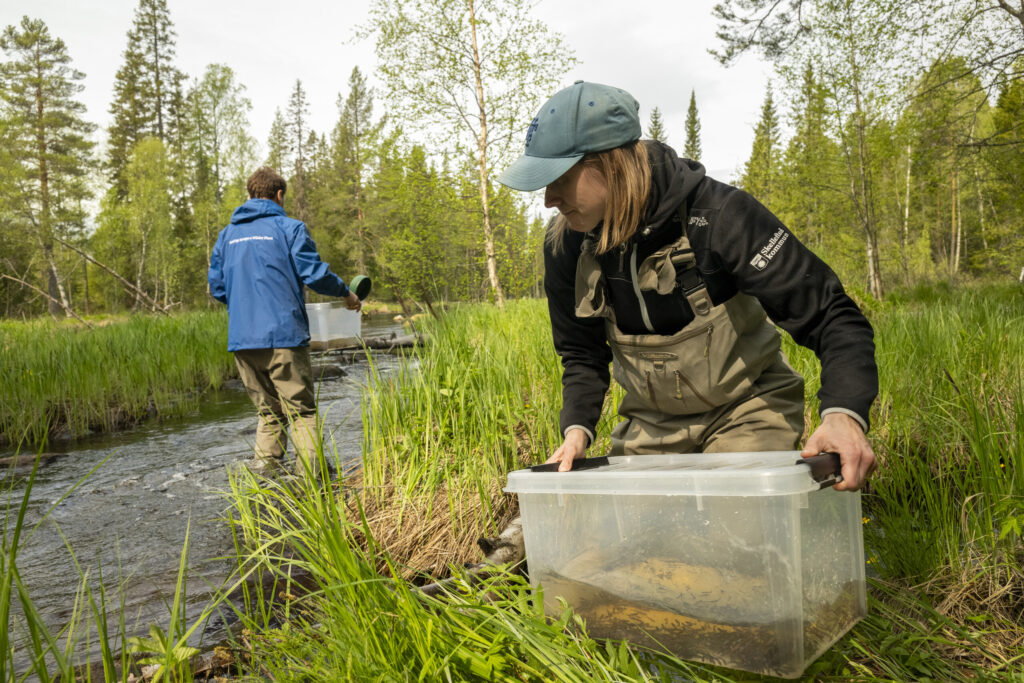
Jon Juarez / European picnic re-enter
Multi-stage recovery process
The release of trout fried into Sikån, Risån and Tallån is the last step in the multi-stage river wildlife process. Over the past seven years, stones and boulders have been replaced in these waterways, recreating most rapids and creating more natural habitats for fish and aquatic insect larvae. Additionally, various obstacles that would enclose fish migration (such as wooden dams from the Wood Floating Age) were removed, and the helicopters discarded sand and gravel to create new habitats and spawning grounds – unique. Helicopter descends quilt Sweden is re-brute Join Abramson River in 2024.
Swedish director and team leader Henrik Persson has previously worked in the city of Skellefteå and advised them to apply for a European Wildlife Recovery Fund grant – very familiar with these efforts. Many stretches along Sikån and Risån resumed the release of trout chips in 2018.
“It feels like pouring circles back into these rivers,” Henrik said. “Release trout into these recovered stretches is like laying the last piece of the puzzle.”

Henrik Persson
Team leader, Sweden’s new business
Breathe new life into the river
Brown trout frying was released into Siken, ReesÅ and Tallån, and was sourced from a hatchery in the village of Lycksele, about 150 km west of Skellefteå. After placing it in a large plastic bag with extra oxygen, drive it to different places in various rivers. Here they adapt to any difference in water temperature and are then released in the calm water behind the rock. In the fall, the distribution team will conduct electric fishing, which is harmless and temporarily hitting the fish with electricity – to check its progress.
Brown trout returns to tributaries of the Ricklay River is not only good news for the species itself, but also for the wider nature. Brown trout (when they migrate to the ocean) is also called sea trout – usually considered Cornerstone Speciesespecially in river ecosystems, due to their influence as predators and prey. They also Freshwater pearl musselsmussel larvae fix themselves on the g of young brown trout (and Atlantic salmon) without damaging them. The mussels themselves play an important ecological role in filtering water and improving the water quality of other aquatic species.
“If trout and salmon disappear from the river, it means that mussels cannot reproduce and so eventually disappear,” explains Malin Isaksson. “This happens in Sikån and Risån. But mussels still exist in Tallån, where there are more brown trout, so we hope they will naturally re-promote the other two rivers as the brown trout population rebounds.”
A collaborative approach
The catchment area of the Rickleå River is not the only place to re-wild landscape in the Nordic Taiga, releasing brown trout this summer. In June, 50,000-year-old young trout chips are released 3 km along the restoration of the rödån River, a tributary of the Vedel River located west of the Ricleo River. These efforts are Vindelälvsfiske (Vindel River Fisheries Foundation), funded by the Ume/Vindel River Fisheries Advisory Board (FAB), with the assistance of members of the Swedish Re-Wild Team, Vattenfalland Västerbotten County Government. A major factor in the timing of the Rhodes release is that the re-wild Swedish rehabilitation work will be carried out on the waterway this summer, and the team has also been involved in a series of dam removals in the Rödån catchment area.
“There are more releases in the future and subsequent research determines how this happens,” explains Daniel Holmqvist, general manager of Fab. “Our overall vision is to target good connections, healthy waterways for good brown trout, which will help revitalize nature and support sustainable fishing.”
“Good collaboration with local fishing associations in the release of fish is essential to restore sustainable management of brown trout populations in the Swedish river,” added Malin Isaksson. “Many people like to fish in brown trout here, so the return of this species can also benefit the community.”
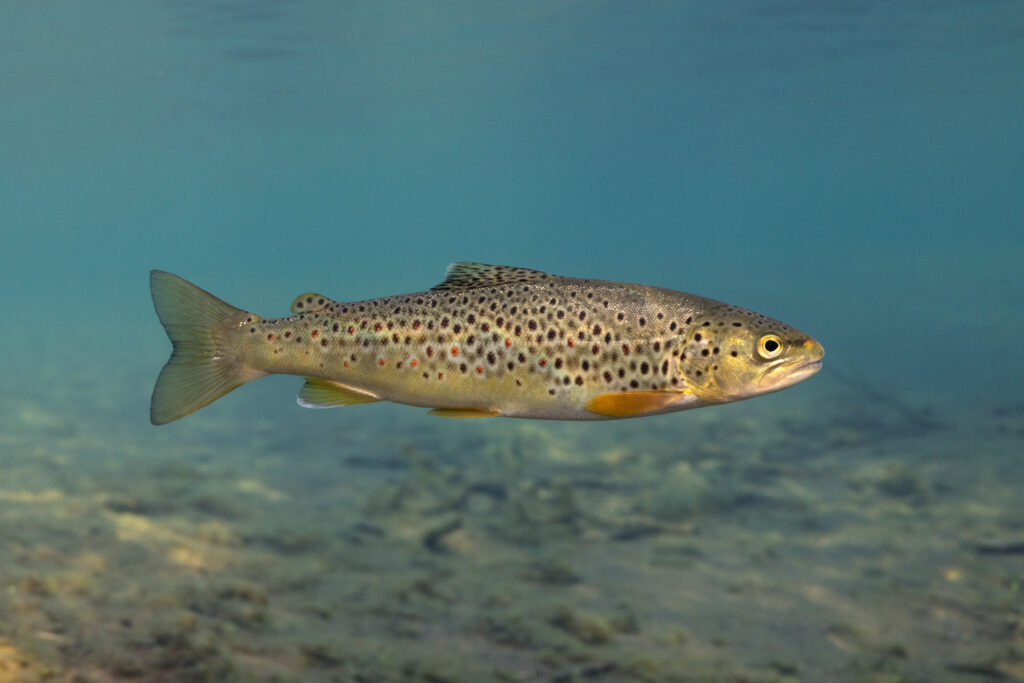
Arthur DeBruin
Let’s support together
This summer, Brown Trout released in Nordic Taiga shows that funds are crucial to recovery efforts. Re-Wild Europe European Wildlife Comeback Fund, which has agile setup designed to support wildlife comebacks in a convenient and flexible way. Re-wild Europe invites other programs aimed at reintroducing European landscape cornerstone species Consider applying Grant.
“This grant is easy to apply and is very useful because we use it to buy trout fried and pay for equipment and shipping,” said Malin Isaksson. “I strongly recommend other re-wild plans to reintroduce European cornerstone species to consider applying.”
Those interested in promoting the recovery of wildlife in Europe can Support the return of wild animals Donate online. If you want to invest €50,000 in the European Wildlife Resurrection Fund, We would like to contact you in person.
Want to know more?


